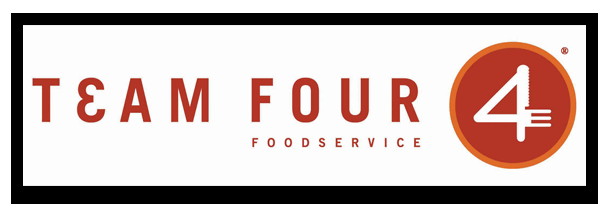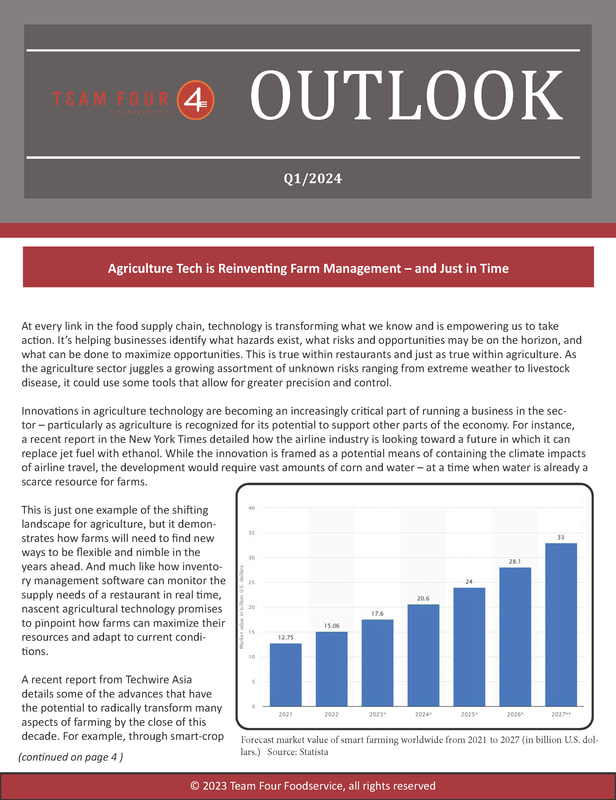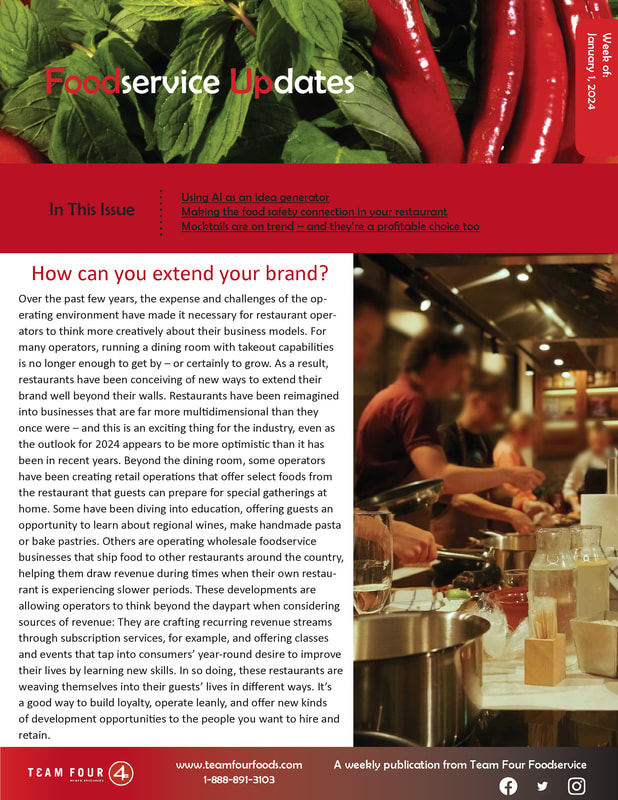|
Amid all of the steps restaurant operators have been taking to remove friction from processes ranging from payment to staff scheduling, there is one area where friction is your friend: preventing fraud in your business. According to Kroll’s 2023 Fraud and Financial Crime Report, 69 percent of global executives and risk professionals expect financial crime risks to rise over the next year, with cybersecurity and data breaches being the biggest drivers.
The spike in digital transactions in recent years has made it easier to commit fraud – but you can take steps to minimize your risks. Bank of America’s State of the Restaurant Industry report advises restaurants to monitor anomalies in their accounts and other back-office operations, as well as take stock of areas of vulnerability. For example, note requests for refunds or payment voids, overpayment notices, digital payments that seem unusual in size or that are arriving from new sources or out of sequence, and communications that seem unusual. You can protect your largest areas of vulnerability by incorporating some extra checks that need to happen before transactions can be processed. That can include adding verification steps on invoice receipts and matching invoices to purchase orders, for instance. When onboarding a new vendor, verify their identity and key details. When you receive an account change request, require wait times or hold payment pending verification. If you receive a payment outside of the expected cycle or if you receive a large payment amount, you can establish review protocols and use protections such as multifactor authentication to make sure the transaction is legitimate. By adding some extra friction in the form of verification checks, you can make your business a less appealing target for fraud.
0 Comments
Leave a Reply. |
More tech articlesWill your tech provider survive?A new source to help restaurants navigate tech landscapeCreate a cross-functional team to protect against evolving cyber threatsArchives
July 2024
Categories
All
|
Foodservice CEO is provided for informational purposes only. It is intended to offer foodservice operators’ guidance regarding best practices in running their operations. Adherence to any recommendations included in this Guidance will not ensure a successful operation in every situation. Furthermore, the recommendations contained in this website should not be interpreted as setting a standard of operation or be deemed inclusive of all methods of operating nor exclusive of other methods of operating.
Copyright 2023 Team Four Foodservice, All Rights Reserved.





 RSS Feed
RSS Feed